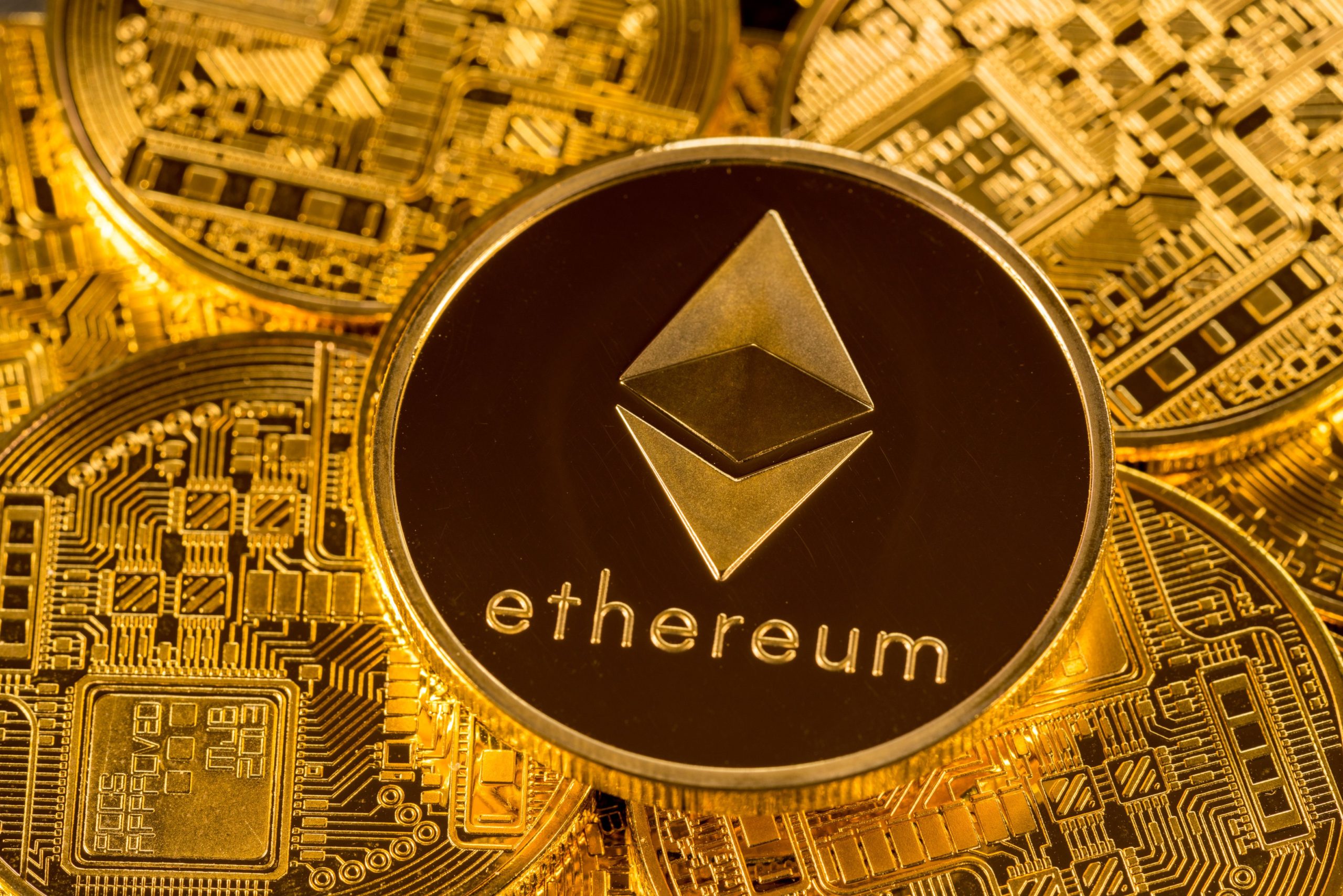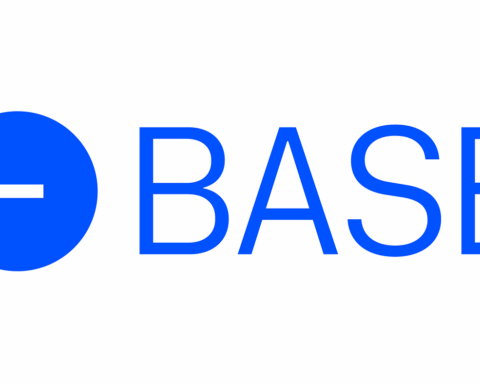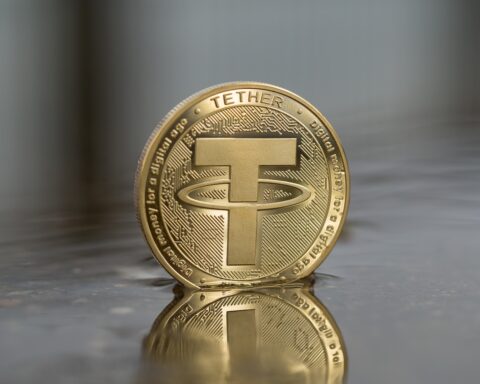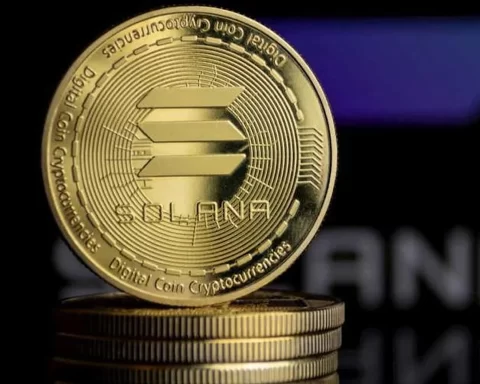In a significant milestone for the Ethereum network, the number of new staked Ether (ETH) has exceeded withdrawals for the first time since the implementation of the Shapella upgrade. This development highlights the growing confidence among Ethereum users in the network’s transition to Ethereum 2.0 and its Proof of Stake (PoS) consensus mechanism.
The Shapella upgrade, which was introduced to improve the overall efficiency and scalability of the Ethereum network, has generated considerable interest in ETH staking. As a result, more users are now choosing to stake their ETH tokens to support the network’s security and earn rewards. This influx of stakers has led to a situation where new staked ETH outnumbers withdrawals, signaling a positive trend for Ethereum’s long-term growth and stability.
A key factor contributing to this shift in staking behavior is the enhanced rewards structure for Ethereum stakers following the Shapella upgrade. With the new system, stakers are incentivized to hold onto their staked ETH for longer periods, as doing so allows them to earn higher rewards. This change has encouraged more users to participate in the staking process, providing the network with a stronger foundation for future growth.
The increase in staked ETH also reflects the optimism surrounding Ethereum’s ongoing transition to Ethereum 2.0, which aims to address the network’s scalability and environmental concerns. By moving from the current energy-intensive Proof of Work (PoW) consensus mechanism to a more sustainable PoS model, Ethereum 2.0 seeks to ensure that the network remains competitive and attractive to users, developers, and investors alike.
As Ethereum continues to evolve and adapt to the demands of the rapidly-growing blockchain and cryptocurrency sectors, the recent surge in staked ETH serves as an indicator of the network’s potential for long-term success. With the Shapella upgrade bolstering the staking ecosystem and Ethereum 2.0 on the horizon, the Ethereum community can look forward to a more secure, efficient, and environmentally-friendly future.




